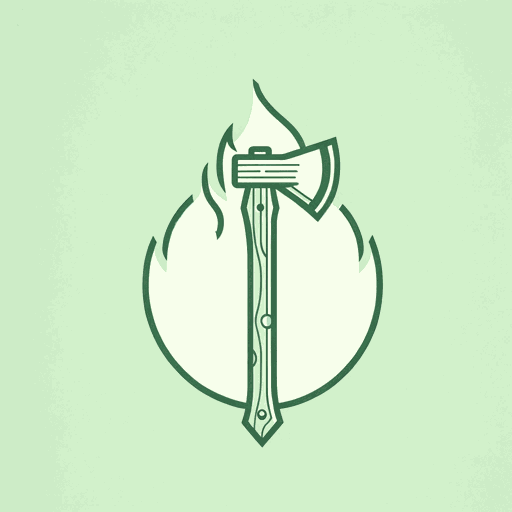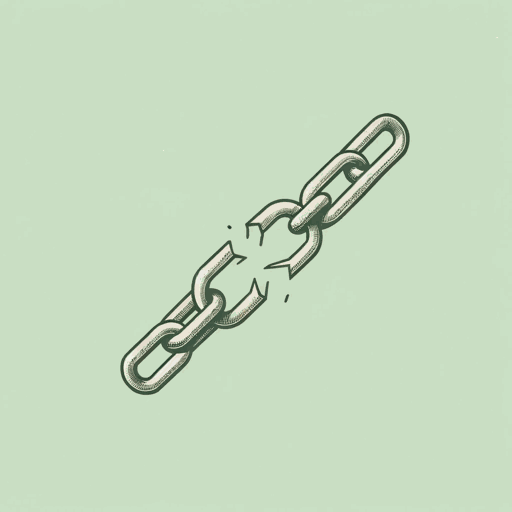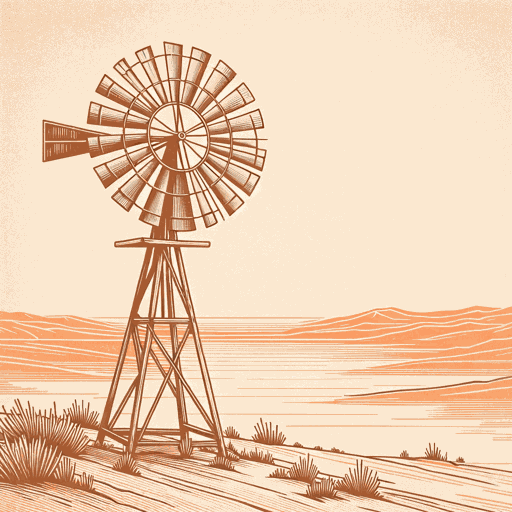52 pages • 1 hour read
Timothy EganThe Big Burn: Teddy Roosevelt and the Fire that Saved America
Nonfiction | Book | Adult | Published in 2009A modern alternative to SparkNotes and CliffsNotes, SuperSummary offers high-quality Study Guides with detailed chapter summaries and analysis of major themes, characters, and more.
Part 3, Chapters 17-19Chapter Summaries & Analyses
Part 3: “What They Saved”
Chapter 17 Summary: “Fallout”
Pinchot is angry. He believes his Little G.P.s worked as heroes, and “he goes on the attack, blaming “enemies of the Forest Service for leaving the agency so vulnerable” (239). Newspapers adopt Pinchot’s version of the story. Egan explains that Pinchot’s conclusion is inaccurate: “If ten times the manpower had been on the fire lines, […] it’s doubtful they could have done anything when the northern Rockies blew up in the face of those winds, with the woods so dry” (240). However, accuracy is not Pinchot’s primary concern. Egan elaborates, “Pinchot knew that public policy revolutions needed more than outrage—they needed a master narrative” (240). Pinchot crafts a narrative of martyrdom for the Forest Service, which Roosevelt reinforces on his nationwide speaking tour.
Senator Heyburn blames the rangers for the fire, saying “This fire would never have happened had the Forest Service not tried to hold back the controlling forces of civilization” (242). He argues that the fires are God’s will. Both sides continue to battle. Roosevelt attacks his old ally Taft, saying he “broke his compact with the voters” (243-44). He calls for new taxes, promotes his 







Related Titles
By Timothy Egan




